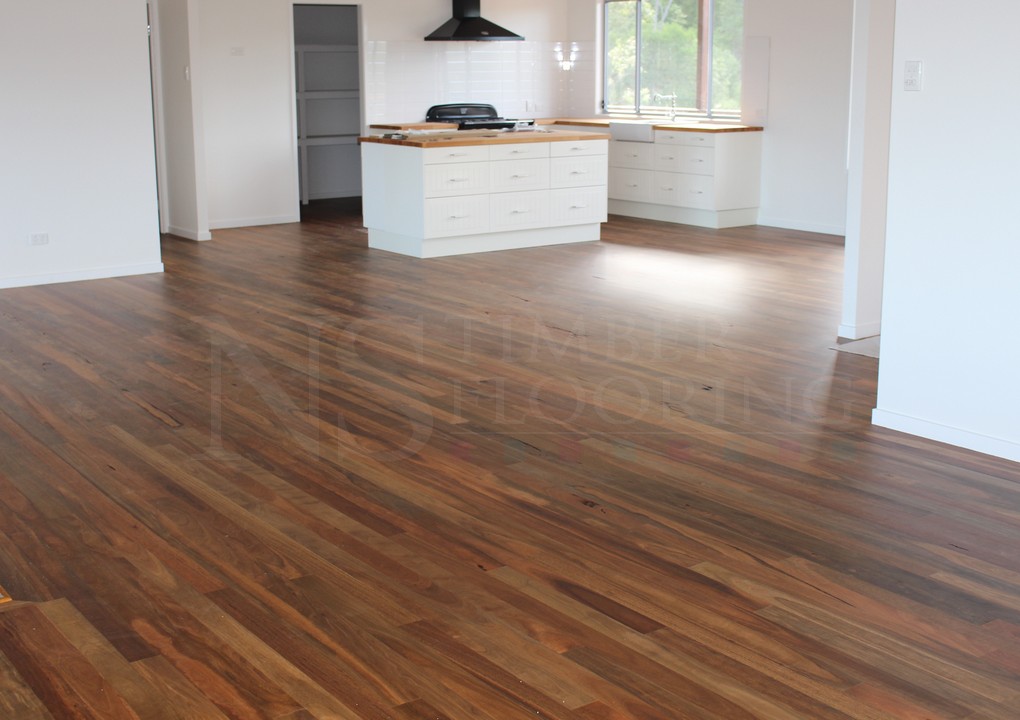In the realm of solid timber flooring, maintaining an even board surface is pivotal for aesthetic appeal and longevity. Despite the robust nature of timber floors, certain environmental factors and installation choices can lead to undesirable changes in the surface of the boards. This article delves into the common issues that can mar the beauty and functionality of timber floors, along with preventative measures to ensure their optimal performance.
Heat Exposure and its Consequences
Post-occupancy, timber floors might be subjected to direct heat sources such as sunlight through uncurtained windows, fireplaces, and vents from appliances. Moreover, houses left unoccupied for prolonged durations can exacerbate these effects. Such heat exposure can lead to board movements, resulting in increased gapping or cuping in the affected areas.
Impact of Subfloor Conditions
Alterations in the conditions beneath the floor, whether due to environmental changes or moisture levels, can also prompt board movement, leading to issues such as cupping and peaking. The role of homeowners and builders is critical in mitigating these effects, highlighting the importance of proactive communication with flooring contractors. Awareness of potential impacts, timely reporting of concerns, and careful product selection based on board width and installation method can significantly influence the floor’s resilience to in-service movements.
Common Flooring Concerns
- Cupping: This occurs when the edges of a board are higher or lower than its centre. It can be triggered by localized heat or a dry environment above the floor, as well as moist conditions in the subfloor. Overlay flooring and boards wider than 100mm are particularly susceptible to cupping, which may be noticeable in certain areas, especially those exposed to sunlight.
- Peaking: Similar in appearance to cupping, peaking is caused by expansion pressure within the floor.
- Tenting: This issue arises when two adjacent boards lift at the joining edge, creating a tent-like appearance. It is often the result of high moisture content beneath the floor.
- Buckling: This involves a section of the flooring containing several boards rising above an adjacent section, disrupting the floor’s uniformity.
- Crowning: Crowning occurs when the edges of a board’s upper surface are lower than its centre. This issue typically follows an incident where the floor was wet and cupped, and then sanded before the moisture levels between the top and bottom of the board had time to equalize.
Preventative Measures and Remediation
To preserve the integrity and appearance of timber floors, it is crucial to address the outlined concerns promptly. In instances where such issues arise, remedial work is often necessary to restore the floor to its original condition. Homeowners and builders are encouraged to collaborate closely with flooring contractors from the outset, selecting appropriate products and installation methods tailored to their specific environment. By understanding the causes behind common timber flooring issues, stakeholders can take proactive steps to prevent them, ensuring the floor’s beauty and durability for years to come.







